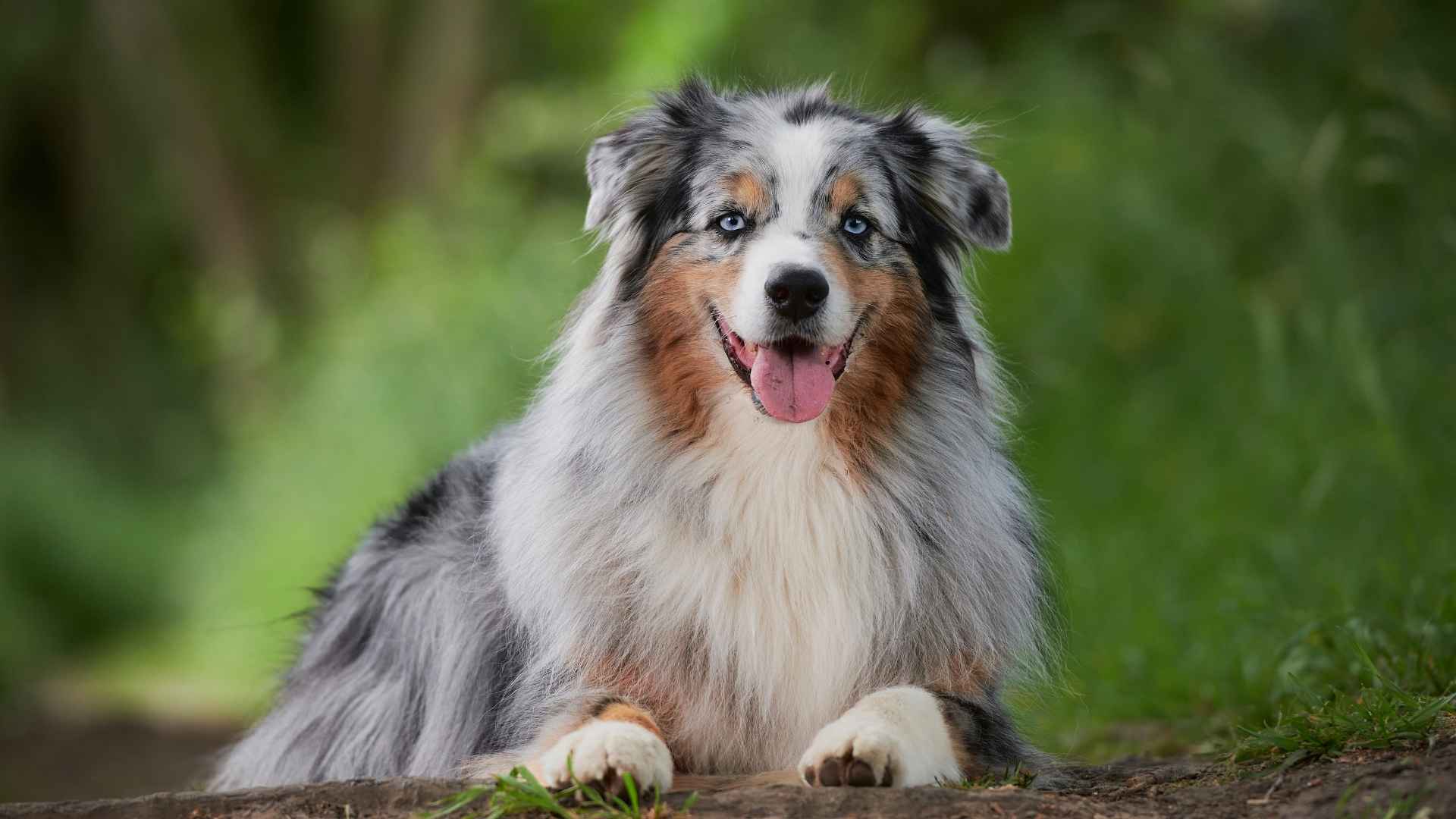So, you’re thinking about adding a four-legged friend to your family—how exciting! But with all the adorable faces and wagging tails out there, choosing the right pup can feel a little overwhelming. One important thing to consider? Health.
While no dog is completely immune to illness, some breeds are known to have minor health issues overall. That means fewer vet visits, lower medical bills, and more tail-wagging adventures! From hip issues to ear infections, every breed comes with its quirks—but don’t worry, we’ve got your back.
We’ve sniffed out the top healthiest dog breeds that are perfect for first-time pet parents. These pups tend to be healthier, live longer, and are easier on your wallet (and your heart!). Ready to find your new best friend with fewer health woes? Let’s dive into the breeds that are a great fit for a smooth start!
Minimal Health Issues Dog Breeds
1. Australian Cattle Dog
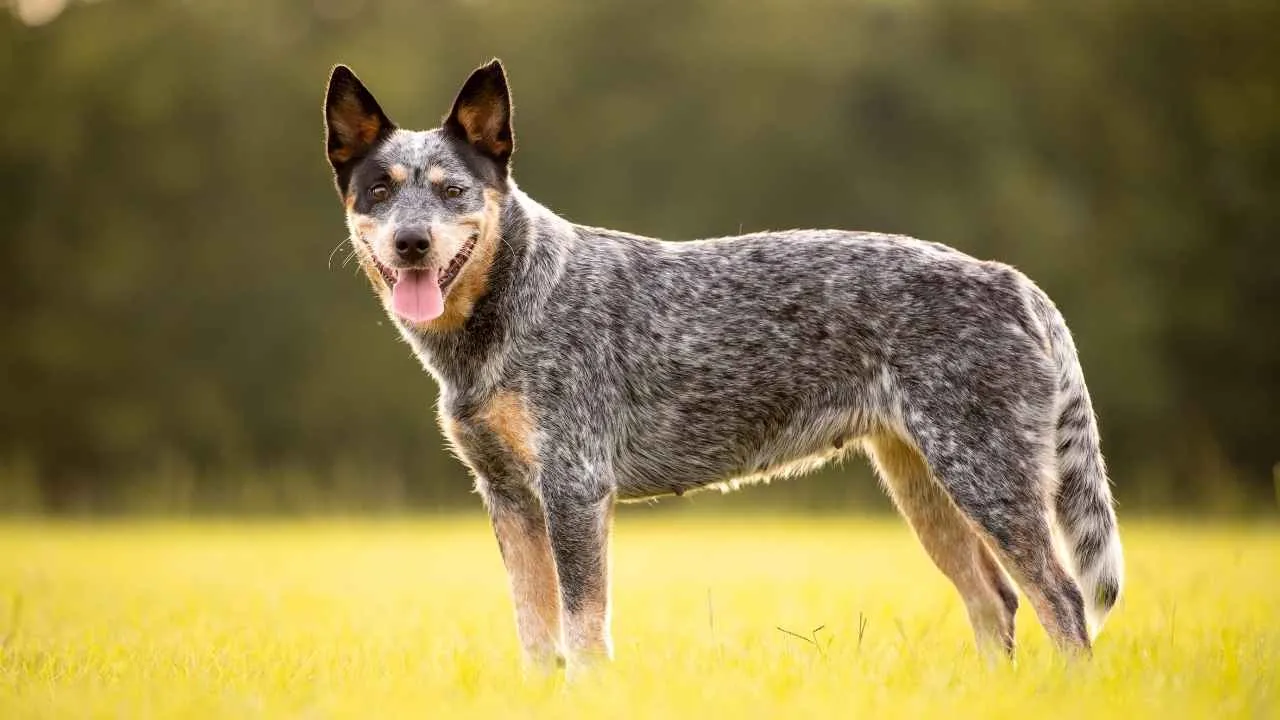
Looking for a pup that can keep up with your active lifestyle? Meet the Australian Cattle Dog—an intelligent, energetic breed that thrives on exercise and adventure. Whether you love running, hiking, or playing fetch for hours, this loyal companion is always up for the challenge.
With an impressively long life span of 12 to 16 years, they’re known for being one of the healthiest dog breeds out there.
What makes them so tough? This breed has wild roots—literally! Australian Cattle Dogs were carefully developed using the Australian Dingo to create a hardworking, resilient herder. Later, smoother Collie blood was added to soften their instincts and make them more manageable around livestock. The result? A strong, smart, and spirited dog with seemingly endless energy.
While they’re generally hardy, their go-go-go nature can sometimes lead to joint or ligament wear over time. Luckily, these issues are often manageable with rest, medication, or minor surgery. With the right care, your Cattle Dog could be your best bud for well over a decade!
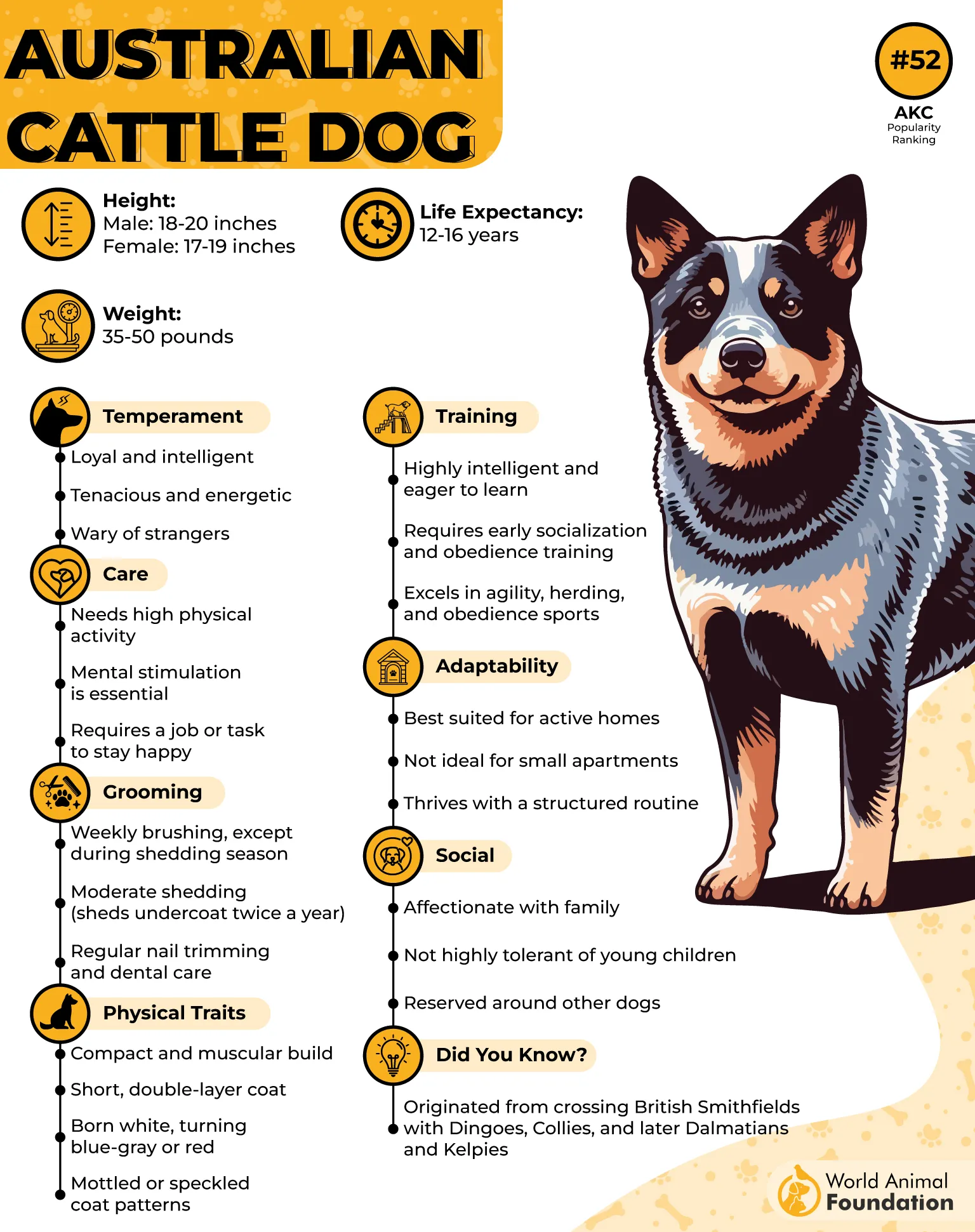
Britannica states the Australian Cattle Dog is a tough, intelligent, and highly energetic breed. Quick to learn but often independent and headstrong, it thrives on physical and mental challenges. Best suited for active, experienced owners, it may be too intense for young children or seniors without proper training.
Loyal and affectionate with family, it can be wary of strangers and sometimes aggressive toward unfamiliar dogs. With its alert nature, it also makes an excellent watchdog and protector.
2. Australian Shepherd
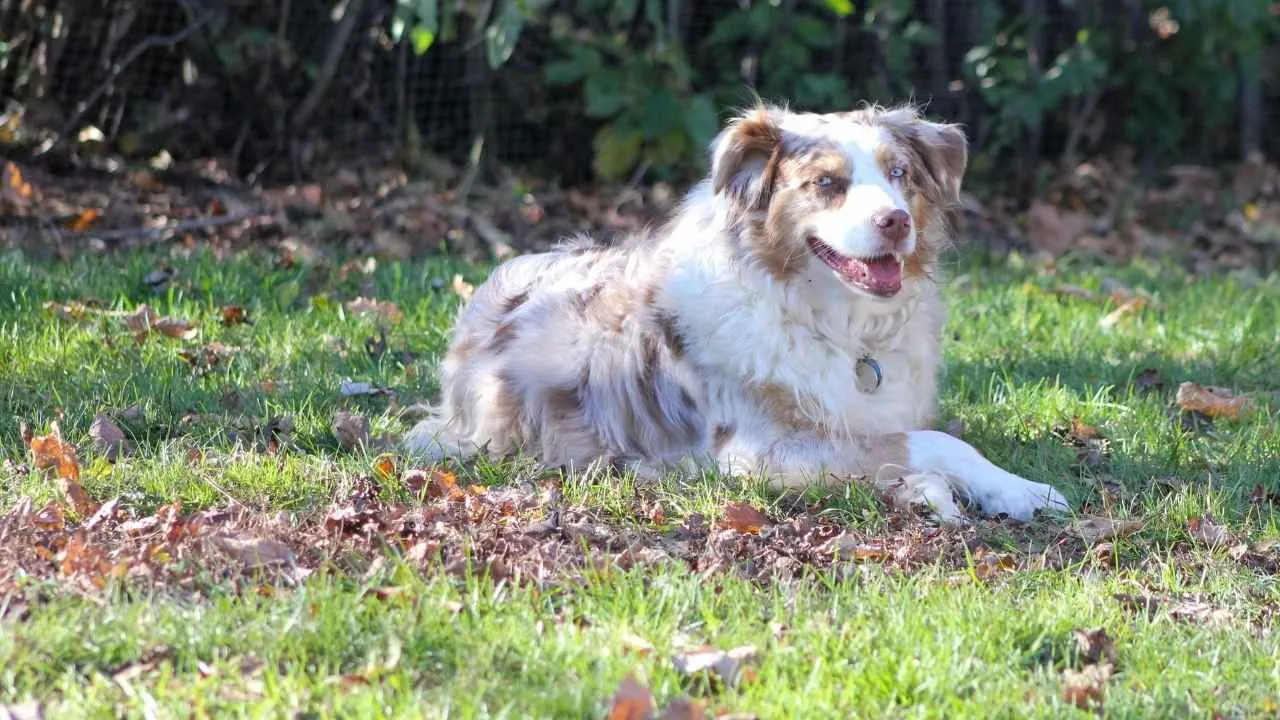
Despite the name, the Australian Shepherd is an all-American herding dog breed, refined in California and beloved by cowboys for its herding instinct and tireless work ethic. With their striking merle coats and intense, intelligent gaze, Aussies are as beautiful as they are hardworking. Medium-sized and agile, these dogs were born to move—and they’ll happily herd anything from livestock to children.
Aussies aren’t for the laid-back lifestyle. These dogs need serious mental and physical stimulation to stay happy. Whether it’s a long jog, a game of fetch, or dog sports like agility and nose work, Aussies thrive when they have a job to do. They’re incredibly intelligent and love learning new tricks, solving puzzles, or working alongside their humans.
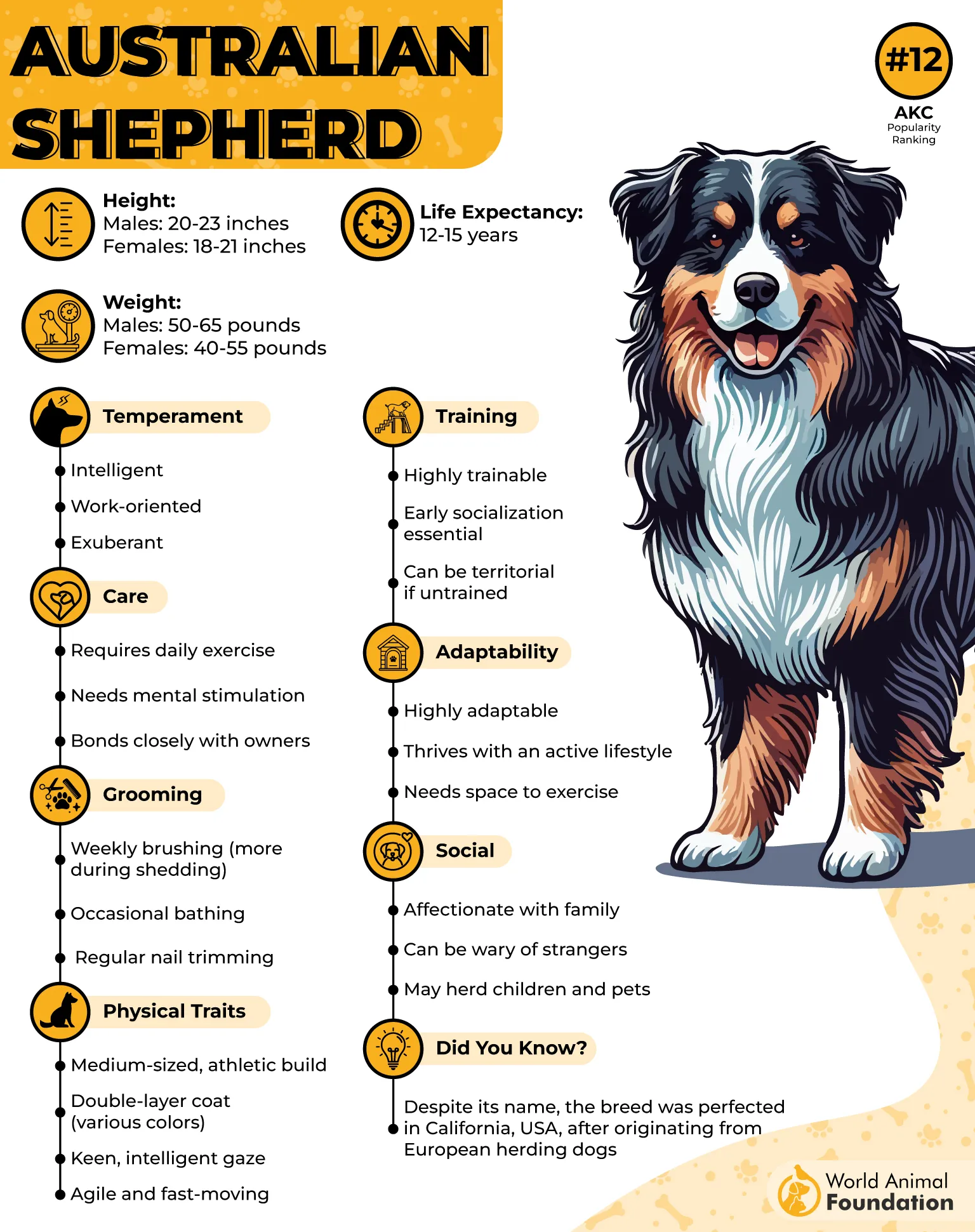
Australian Shepherds are lively, intelligent dogs that thrive on both mental stimulation and physical activity. Their high energy levels require regular engagement, but their eagerness to please and trainable nature make them a joy to work with.
Generally, a healthy breed, Australian Shepherds can live 12 to 15 years with proper care. Like many active dogs, they can be prone to orthopedic problems, cataracts, and epilepsy. Regular vet visits, ear cleaning, and dental care go a long way in keeping them in top shape.
Breeding awareness is also crucial—merle-to-merle pairings should be avoided due to the risk of severe health problems in offspring.
3. Beagle
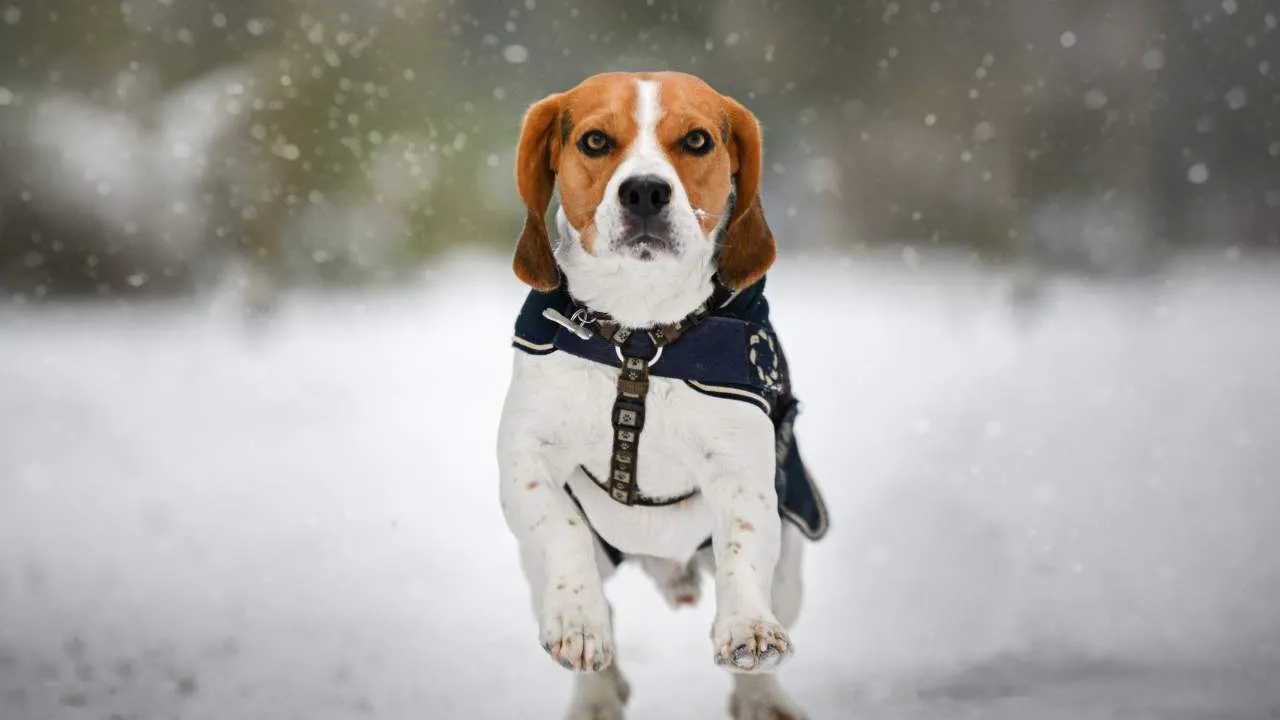
With their soulful eyes, floppy ears, and signature tricolor coat, Beagles are one of the most lovable small hound breeds around. Originally bred for tracking rabbits and hares, these compact dogs pack a lot of personality into their sturdy frames.
Available in two size varieties (under 13 inches and up to 15 inches tall), Beagles are curious and playful and make fantastic companions for families, singles, and seniors alike.
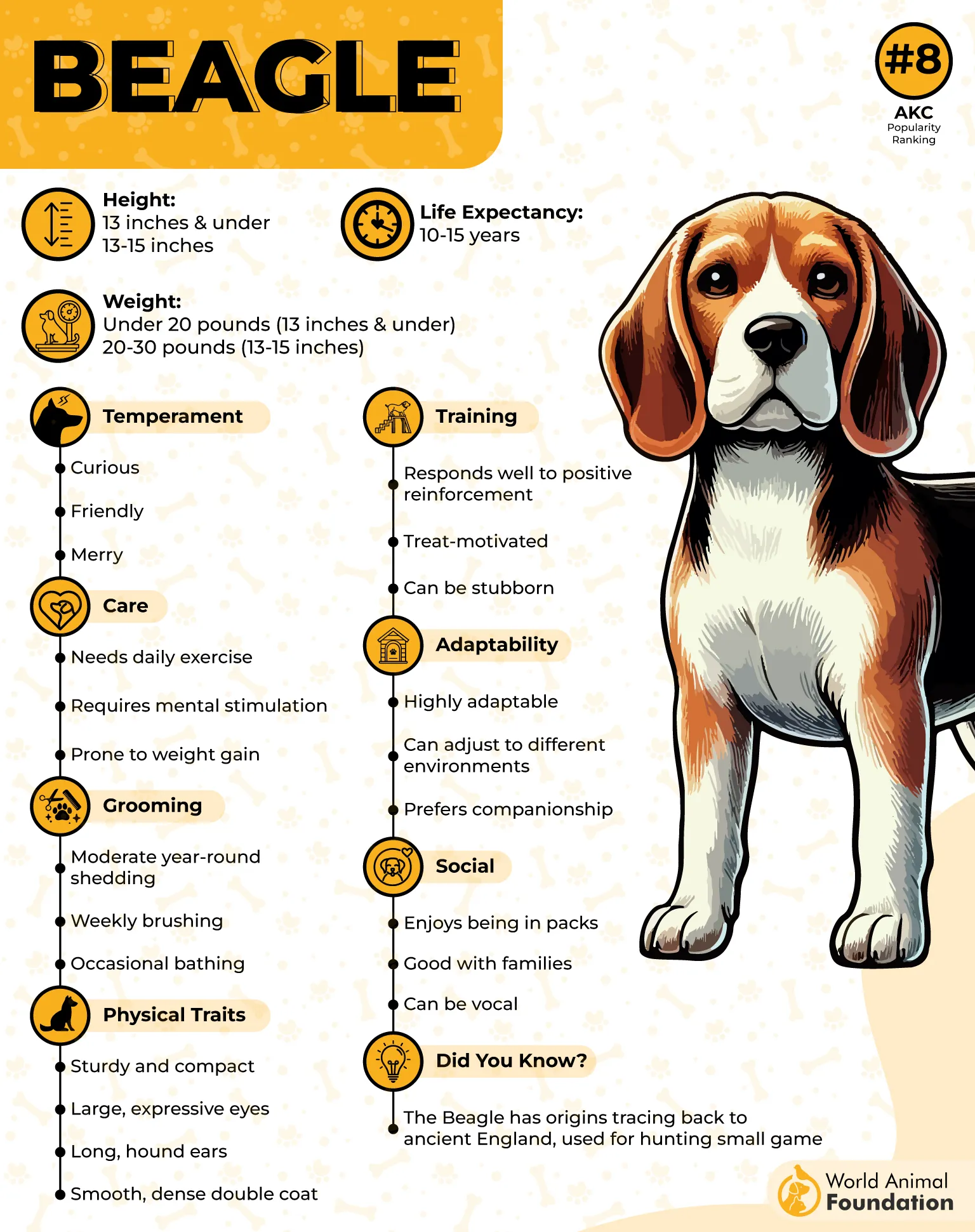
PDSA states Beagles are incredibly social, both with people and other pets. They’re outgoing, gentle, and almost always wagging their tails. But don’t expect them to be guard dogs. While they’ll bark to alert you, their friendly nature makes them more likely to greet intruders with enthusiasm than aggression. Their independent streak and strong sense of smell can also lead to a bit of wanderlust, so a secure yard or leash is a must.
This breed’s short coat is easy to maintain, requiring minimal grooming. However, Beagles can easily gain weight, especially in adulthood, so watch those treats! While they’re typically healthy, some may experience issues like canine hip dysplasia, thyroid imbalances, or ear infections.
With regular exercise, a balanced diet, and lots of mental stimulation, a Beagle can live a happy, healthy life of around 12 years.
4. Havanese
The Havanese is a true people-pleaser—cheerful, friendly, and always ready to make new friends. Known for their lively personalities and affectionate nature, these little dogs thrive on human connection. They’re incredibly social and get along great with kids, other pets, and even strangers. If you’re looking for a loving lapdog with a flair for fun, the Havanese is a perfect match.
Descended from ancient Bichon breeds like the Maltese and Bichon Frise, the Havanese is the only dog bred native to Cuba. Originally the favored pet of aristocrats, this charming toy breed eventually found its way into everyday homes and hearts. When many Cubans left the island, they brought their beloved companions with them, leading to the Havanese becoming a cherished pet in the U.S. and beyond.
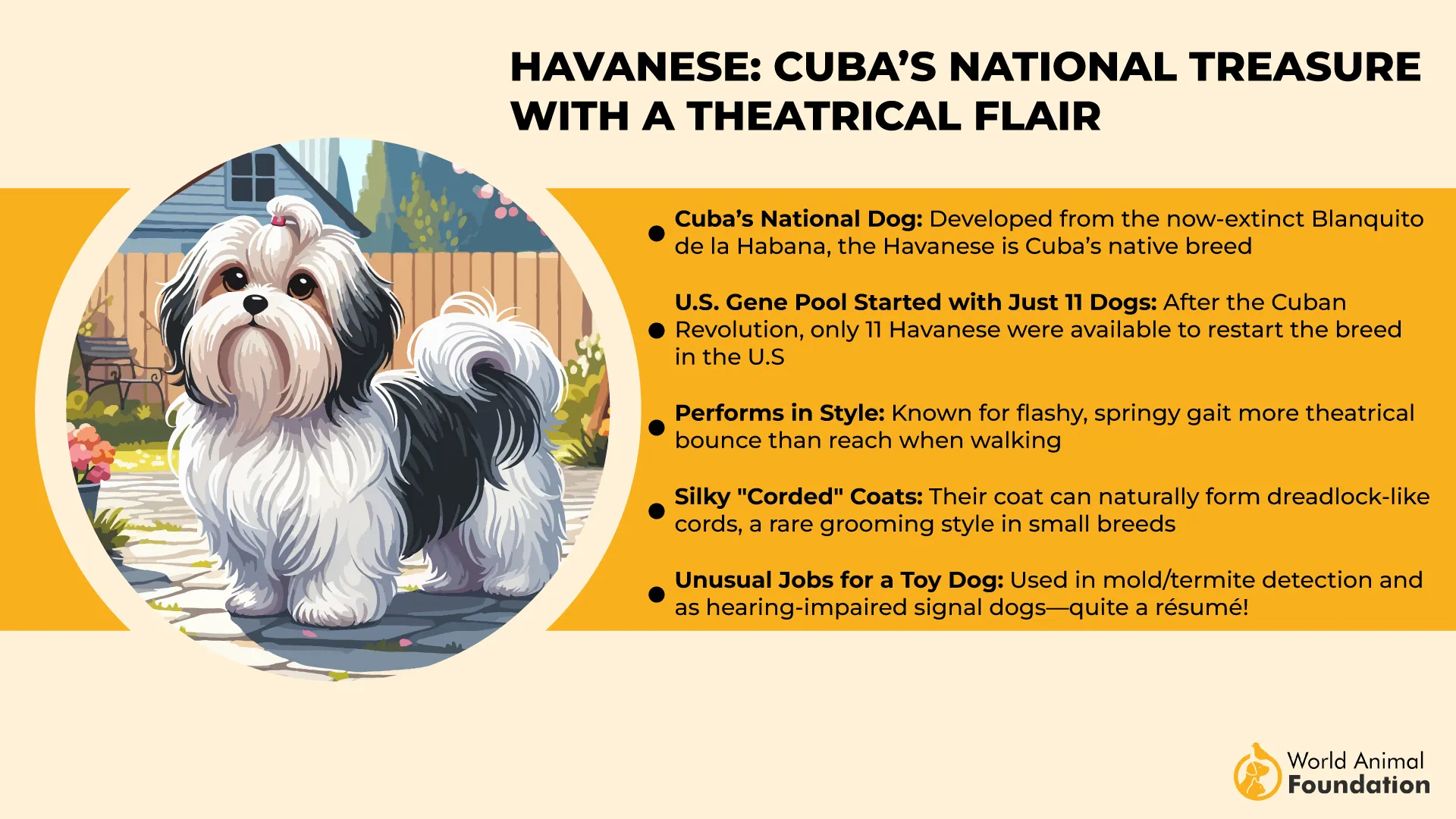
This breed isn’t just cute—it’s clever, too. Havanese love learning tricks and often delight their families with silly antics. The AKC gives them top scores for affection, playfulness, and adaptability. Whether in a big home or a small apartment, Havanese adjust quickly, as long as their favorite people surround them.
Havanese dogs boast a long, wavy double coat that stands out for its silky texture, often described as “silk-like” or reminiscent of “raw silk.” Their signature springy gait and expressive eyes perfectly reflect their upbeat personality.
Purina states that with a life expectancy of 14–16 years, the Havanese is generally healthy but can be prone to a few breed-specific conditions. These include progressive retinal atrophy (PRA), which affects vision; patellar luxation, a knee issue that may require anything from rest to surgery; and dental disease, a common concern in small dogs that’s best managed with regular brushing and cleanings.
5. Siberian Husky
Bred by the Chukchi people of Siberia, the Siberian Husky was originally valued as both a sled dog and a family companion. This breed gained legendary status in 1925 during the “Great Race of Mercy,” when teams of Huskies relayed life-saving serum to Nome, Alaska, through a brutal blizzard. Balto, the lead dog of the final leg, became a national hero, and his statue still stands in New York’s Central Park.
Huskies may look like wolves, but beneath their wild appearance lies a sweet, social, and affectionate temperament. These dogs love people of all ages and tend to greet strangers with wagging tails rather than suspicion. Their friendly disposition makes them wonderful pets but less-than-ideal guard dogs.
Siberian Huskies are smart, energetic, and famously independent. They thrive on exercise and will take any chance to run, so secure fences and strong leashes are a must. Their prey drive can be strong, making them less suited to homes with smaller pets. Expect some digging in the yard and a bit of stubbornness during training, especially from younger dogs.
With a typical lifespan of 12–14 years, the Siberian Husky is a relatively healthy breed. While they can be prone to conditions like arthritis or certain eye issues, serious health problems are uncommon. Keeping your Husky at a healthy weight and feeding a protein-rich yet controlled diet helps ensure they stay active well into their senior years.
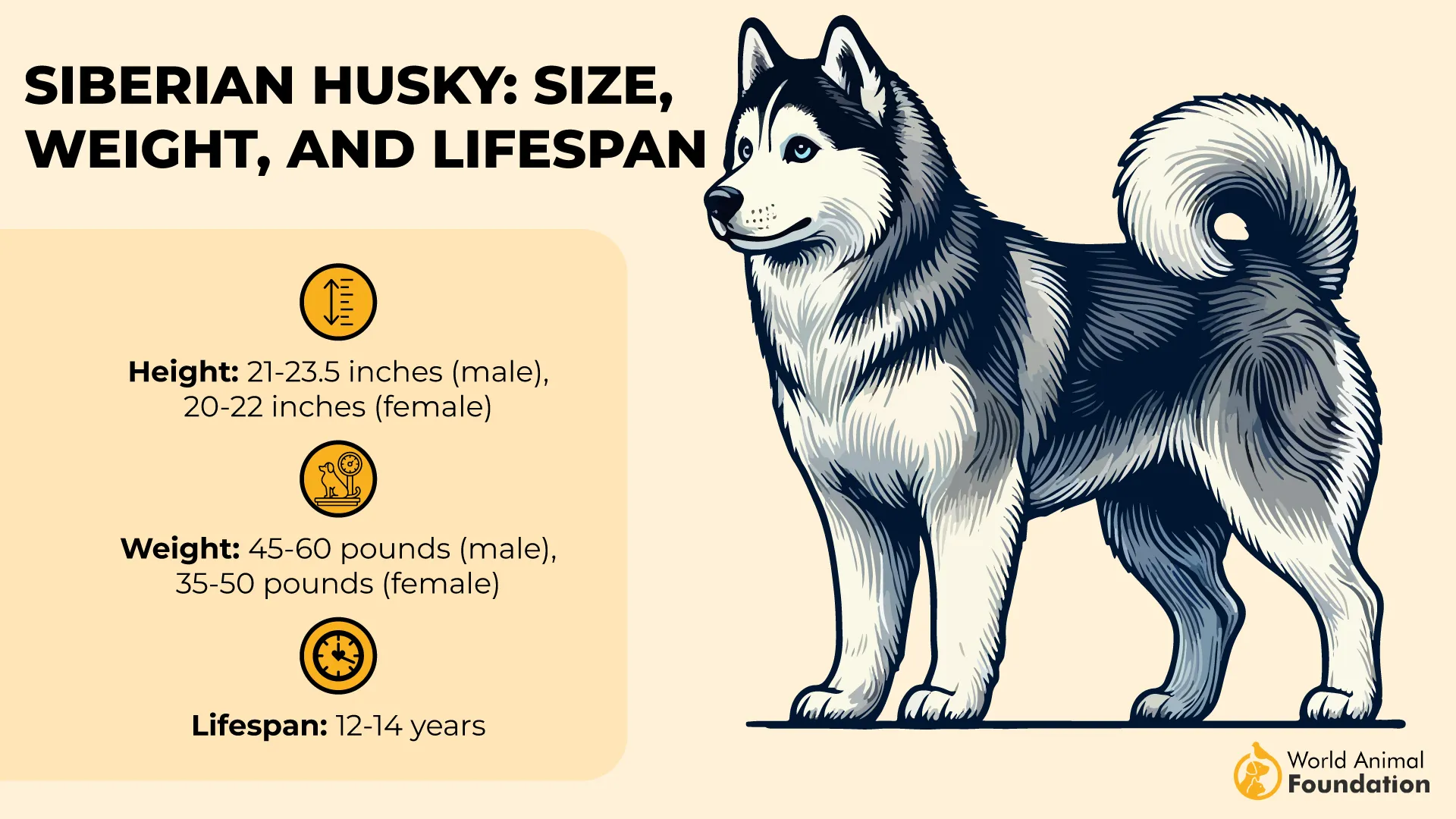
Fun Fact:
Huskies are far from silent—they love to “talk” in their own quirky way, often howling, “woo-ing,” and chirping to communicate. They’re playful, love companionship, and get along with other dogs, though they’re usually too strong-willed to be ideal walking buddies for very young kids or older adults.
6. German Shorthaired Pointer
German Shorthaired Pointers (GSPs) are medium-sized dogs admired for their athletic build, agility, and stamina. Standing 21–25 inches tall and weighing 45–70 pounds, they sport sleek coats often patched or ticked in black or liver with white, though solid liver is also common. As classic bird dogs, GSPs “point” by freezing and aiming their nose toward the game, waiting for the hunter’s cue.
These dogs thrive with physical and mental challenges, making them ideal for active families or outdoor enthusiasts. Their boundless energy demands regular exercise routines like running, hiking, or fetch. Fortunately, their short coat is low-maintenance, requiring only basic grooming.
GSPs are affectionate, loyal, and usually good with kids and other pets. However, their strong prey drive may lead them to chase small animals. Early socialization and consistent training are essential for a well-behaved companion.
Generally hardy, GSPs enjoy good health but can be prone to a few health issues like hip and elbow dysplasia, epilepsy, hemangiosarcoma, Addison’s disease, and progressive retinal atrophy. Regular checkups and preventative care help manage these risks.
Eager to please and responsive to training, GSPs often show natural pointing instincts even as puppies. However, their chase instinct requires caution—off-leash play should happen in fenced areas, and public outings call for a leash to ensure safety.
7. Shiba Inu
The Shiba Inu is one of Japan’s oldest native breeds, originally developed for hunting. Smaller than the Akita, this Spitz-type dog features a thick coat, curled tail, and pointed ears. The name “Shiba” literally means “small dog” in Japanese.
Known for their cleanliness, sharp instincts, and loyalty, Shibas are spirited dogs with a high prey drive and a talent for escaping—traits that suit confident, experienced owners.
Shibas are bold, playful, and form close bonds with their families, though they remain quite independent and territorial. Curious and clever, they enjoy being involved in daily life but need firm boundaries and training from a young age to manage their dominant streak. Their strong hunting instinct means they should always be walked on a leash, especially around small animals.
Due to their stubborn and sometimes possessive nature, Shibas aren’t ideal for first-time dog owners or families with young children. While they can be affectionate and loyal, they need consistent, patient training and socialization to ensure they’re well-mannered, especially around food, toys, and territory.
Generally healthy, Shibas live 13 to 16 years. Common health concerns include allergies (which can lead to skin or ear issues), luxating patellas, and dental disease. Routine grooming, dental care, and regular vet visits go a long way in keeping them in top shape.
Though highly intelligent, Shibas have an independent streak and may ignore commands unless motivated. Their prey drive means they should only be off-leash in secure, enclosed areas, as they will chase cats, squirrels, and other small animals without hesitation.
Fun Fact:
Shiba’s vocalizations are uniquely expressive, ranging from chirps and yodels to the infamous high-pitched “Shiba scream.”
8. Anatolian Shepherd
Hailing from the rugged terrain of Anatolia, Turkey, the Anatolian Shepherd is a powerful, agile breed with a long history as a livestock guardian. Bred for endurance and independence, these calm and intelligent dogs are naturally protective—ideal for work or as loyal companions for experienced owners.
With an average lifespan of 11 to 13 years, Anatolians are generally healthy dogs but may be prone to issues like entropion, hypothyroidism, and sensitivity to anesthesia. Regular health screenings and responsible breeding help reduce the risk of conditions like hip and elbow dysplasia.
Hip dysplasia is a common concern in large breeds and can lead to pain or mobility problems. Keeping your dog at a healthy weight, ensuring moderate exercise, and avoiding overexertion can help manage or prevent symptoms. In severe cases, treatment may involve surgery or lifestyle changes.
Owners should also watch for gastric dilatation-volvulus (bloat), a life-threatening condition where the stomach twists after filling with gas. Dogs that eat quickly or are under stress are at higher risk. Signs include a distended abdomen, unproductive retching, and restlessness—seek emergency care immediately if these occur.
Territorial and confident, Anatolians are devoted to their families but can be stubborn and wary of strangers. They need a strong, respectful leader and are best suited to rural homes with secure space to roam. Their independent nature means they’re not ideal for first-time dog owners or apartment living.
For those with the right setup and experience, Anatolian Shepherds offer unwavering loyalty and quiet strength. They may be low-key indoors, but their instincts are always on alert, making them steadfast guardians and deeply bonded companions.
9. American Foxhound
Closely related to the English Foxhound, the American Foxhound is a sleek, long-legged breed built for speed and endurance. Known for its refined features and gentle arch of the back, this hound has deep historical roots in Virginia and the Revolutionary War era, carrying a legacy of noble hunting heritage.
Generally healthy, American Foxhounds are prone to a few issues, including hip dysplasia and thrombocytopathy (a blood disorder characterized by dysfunctional platelets). Their long ears require regular cleaning to prevent infections, and basic grooming and dental care help maintain their overall health. With proper care and attention, they make loyal, spirited companions.
Gentle and laid-back, American Foxhounds get along well with kids, other dogs, and even cats when properly introduced. They’re affectionate but not overly demanding. However, their independent nature can pose training challenges.
Active households suit them best, as they need regular exercise to stay balanced—without it, boredom can lead to excessive barking or destructive habits.
Their strong prey drive and stubborn streak make early training and socialization essential. While hound lovers may enjoy their signature “bawl,” it can be disruptive in close-knit neighborhoods. Not the best choice for first-time owners, they thrive with consistent guidance and plenty of daily physical activity.
Conclusion
While no dog is entirely free from health conditions, choosing dog-healthy breeds can promote a longer, more active life. Mixed-breed dogs often benefit from genetic variety, while well-bred purebred dogs—like Labrador Retrievers, Border Collies, and Miniature Schnauzers—tend to be healthier when sourced from reputable breeders.
Athletic dogs, including German Shepherds and German Pinschers, thrive with proper care. Smaller breeds like Toy Poodles and Shih Tzus also live well with regular grooming for their silky hair.
From alert dogs with a keen sense to energetic Golden Retrievers, dogs live best when matched to the right lifestyle. Be mindful of breed-specific issues like Collie Eye Anomaly or problems in giant breeds as they age, and prioritize health-focused care for a happier life through old age.


